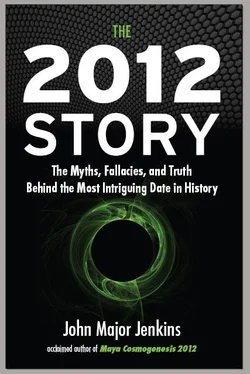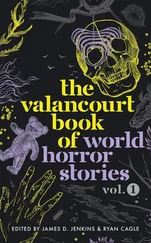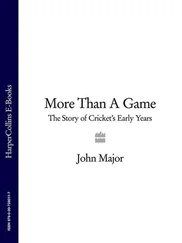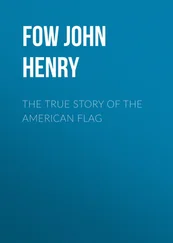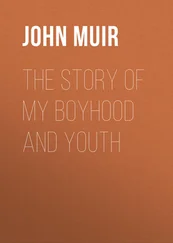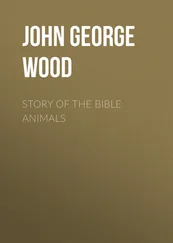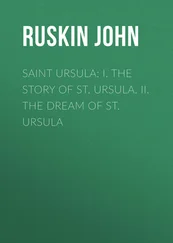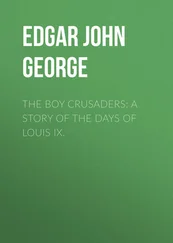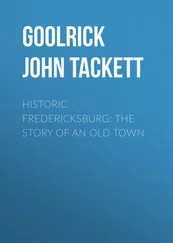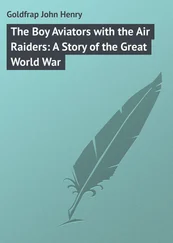It’s fascinating that a forgotten esoteric code can be read in the monuments of our nation’s capital. New information has been uncovered by William Henry, who visited Washington, D.C., many times and was able to view art, rooms, and sculptures normally closed to the public. 29George Washington, after his death, was apparently conflated in the public imagination with Jesus Christ. His representations in the art commissioned through several presidencies repeatedly implies he was mythologized as the American liberator or Savior. He opened the way for the realization of the highest ideal of America, a place where human beings could live fully actualized lives. William Henry observes that a French painter by the name of Constantino Bru midi was hired in the 1860s by the White House and completed many striking murals in the style of Renaissance painter Raphael. One discreetly depicts the famous Aztec Sunstone, with Montezuma and Cortez standing in front of it in poses of happy welcoming, greeting each other as long-lost brothers. This is history rewritten as it should have been , expressing the ideal underlying template that history, so far, has failed to fulfill.
The traditional Kogi Indians of Colombia preserve ancient lore about their long-lost brother who fled from the pure homeland. He got lost in the world, in his own pursuits and ambitions, and forgot the true world. The Kogi elders believe that the white European colonists represent the descendants of that long-lost brother. But the reconciliation is difficult because of an inversion of values and an inability of the lost brother to recognize the preservers of the true world. 30
Hermann Hesse’s novel about the lives of two friends, Narcissus and Goldmund , paints a beautiful story of the two ways, or paths, that a person can follow. One leads into life’s experiences of excitement, love, grief, and loss. The other renounces the world and seeks the quiet places of contemplation, keeping the soul pure and undisturbed by life’s travails (and joys). In their occasional meetings throughout their lives, each comes to lament his own chosen way and wish for what the other has. But it is too late to turn back time, and each experiences a kind of epiphany in their very different deaths, dying as they had lived life and reaping the rewards and grieving the losses of their chosen paths.
If we make the analogy to our Western-versus-Indian discussion, Hesse’s story suggests that the Western and Indian mind-sets are each missing something the other has. A gesture of reconciliation is necessary. I hesitate to state, in tangible terms, what this might be. I don’t think it is a tangible thing. Perhaps it is simply “peace.” Neither side has it, and it can only be found with and through the other. That said, it is blatantly apparent that the Western mind could have learned a lot from the Indigenous mind in regard to having a healthy and sustainable relationship with nature. Respect and reverence for nature is a hallmark of indigenous societies; for Western civilization, not so much.
What does the West bring to 2012? What do the Maya bring to 2012? Western science’s access to the tools of archaeology and information can offer a reconstruction of the true original 2012 paradigm, which was lost and forgotten by the descendants of its creators, as well as a framing of that as a perennial wisdom. My own mind, as a Western-educated mind, sees value in this. The Maya bring to the 2012 table a ceremonial rite of sacrifice, the skills required to facilitate the needed transformation and renewal. Together, a long-overdue fusion can be possible. We need a shared ceremony, a mystery play to enact, in which both sides sacrifice themselves and rebirth each other. Hearts and minds united, body and spirit humming together, evoking the great alchemical union of opposites at the end of the cycle. This hypothetical mystery play, or hierophany, reminds me of the union of the solar and galactic levels suggested by the galactic alignment.
Terence McKenna proposed that a shamanically driven “archaic revival” is needed in the West to radically derail the pathologies of egoism that are destroying the planet. 31He believed that the root of the Western mind partakes of the same holistic gestalt that tenuously survives in indigenous corners of the planet, and that the shamanic practices of high Maya civilization in the Classic Period can inspire and awaken our own dreams of returning to our long-lost perennial homeland. And to return is not to regress, for we’ve come around the globe armed with something new: the direct experience that an ego-directed civilization isn’t what it’s cracked up to be. Terence believed we could get recentered in true and sustainable values by “following in Maya footsteps.” In his introduction to my book Maya Cosmogenesis 2012 he wrote:
Collectively, as the 21 stcentury dawns, we feel the ennui and exhaustion of the millennia-long practice of Western religion, politics, and science; we encounter the pollution and toxification that is the legacy of our particular style of being in the world. And we also find, among the endless bric a brac of the spiritual marketplace, the cosmogenic calendar of the ancient Maya. Can their temporal alchemy, which failed in the time of their own cultural climax and left their cities empty by the coming of the Conquest, work for us? Can the Maya dream of renewal at the conjunction of winter solstice and galactic heart valorize and redeem our civilization? I believe that it can play a significant part, and that part of the resacralization of the world that must accompany any valorization of post-historical time involves the recognition of the deep power and sophistication of the aboriginal mind—not only the ancient aboriginal mind but the contemporary aboriginal mind as well.
As we awaken to the power of the moving sky, as we awaken to the powers that inform and illuminate many of the plants that have found their way into aboriginal medicine, as we struggle with the vastness of the universe of space and time and our place in it, as we do these things, we follow in Maya footsteps. In doing so we should celebrate the wisdom of the Maya, ponder its depths and wonder after its most persistent perception: that the world is to be born at last on December 21, 2012 A.D. 32
What is needed in the Western world is our own renaissance, our own revival of our true identities, beings who live in the awareness that the earth is our homeland, and nature is us . The war on nature that Western civilization has been waging has been a war on our humanity. The world’s problems have been generated by a limited state of consciousness called narcissistic egoism. And problems, as Albert Einstein said, cannot be solved by the same level of consciousness that made those problems. A higher state of reconciliation must be achieved. The transrational perspective must be opened. From that higher domain, which ego will find already populated by Indians, mystics, and Australian aborigines, the problems can be solved. It just may be that 2012 will contribute to a renaissance that ultimately has international and global implications. If we entertain for a moment that the word “Maya” means the larger consciousness of the Maya mind-set, future historians could very well identify era-2012 as the trigger point for a Maya Renaissance, a renewal of high ideals and a larger consciousness through which the world’s troubles can be approached with some hope of reconciliation and solution. A nice thought, but as always, time will tell if we can and will do it.
Here’s the nub of the issue that leads us even deeper into the 2012 mystery: How do we get there?
CHAPTER TWELVE
Restoring the Big Picture
The Meta-universe does not subject beings to great suffering to become self aware only to have them dissolve into the great All. Instead we are learning the skills to function as ethical, self-referencing beings in the infinite ecologies beyond our material cosmos.
Читать дальше
